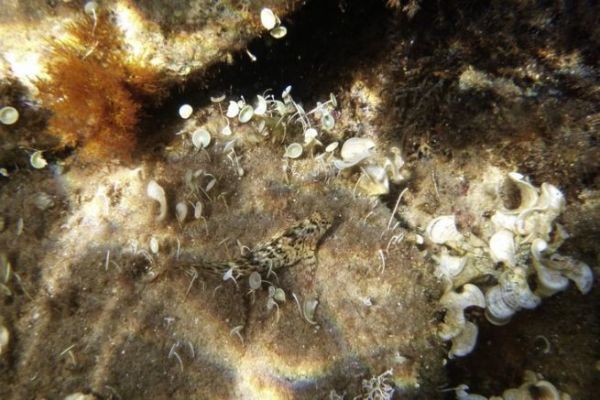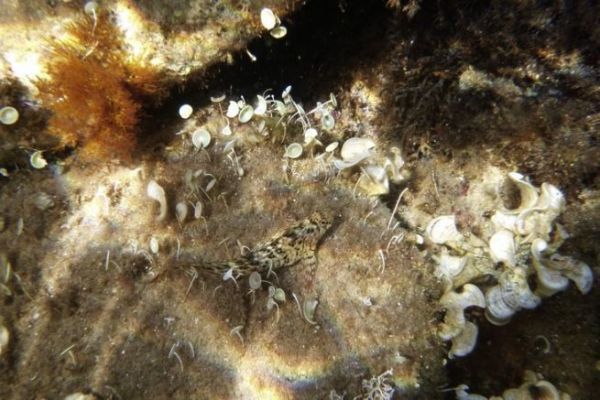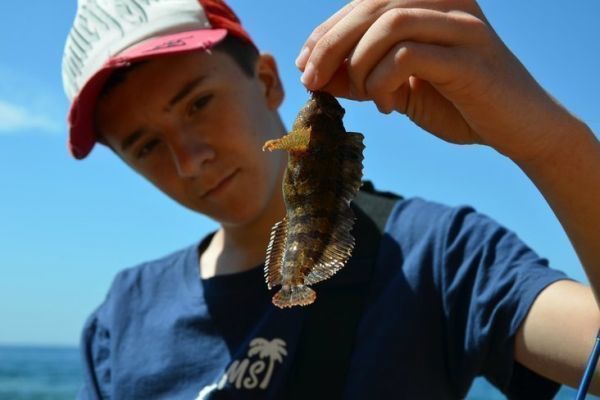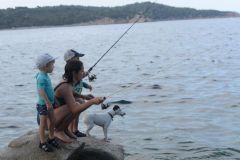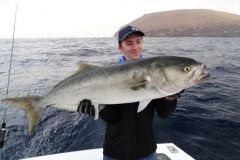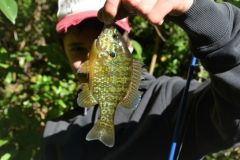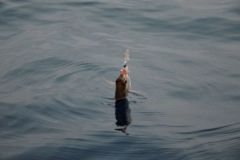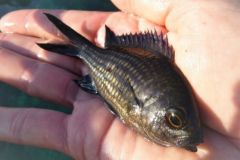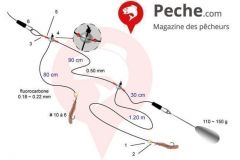Introducing the palm frond blennie
The blennie palmicorne may also be called bavarelle, baveuse or blennie sanguinolente on the shores of the Mediterranean. Its scientific name is parablennius sanguinolentus.
Its body is covered in mucus and devoid of scales, hence its nickname of slime. It has two small tentacles above its eyes. Its paunchy body is brown, green or even gray, with black and white spots. Its dorsal fin covers the whole of its back and its pectoral fins have red spots.
A species of blennie that can grow to around twenty centimetres. An oviparous fish, the blennie palmicorne reproduces in spring, depending on water temperature.
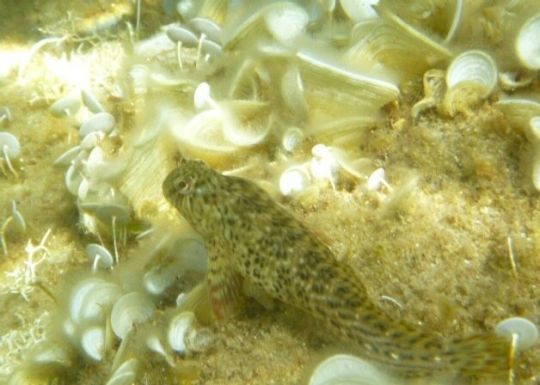
Habitat and behavior
The blennie palmicorne is found in very specific biotopes. It likes crevices and is mainly found on rocky dykes, harbors and pebble beaches.
A rather wary fish, it only comes out of its hiding place during the day and flees at the slightest alarm. Its independent eyes constantly scan the environment. An opportunistic fish, the blennie palmicorne feeds mainly on various invertebrates and plants.
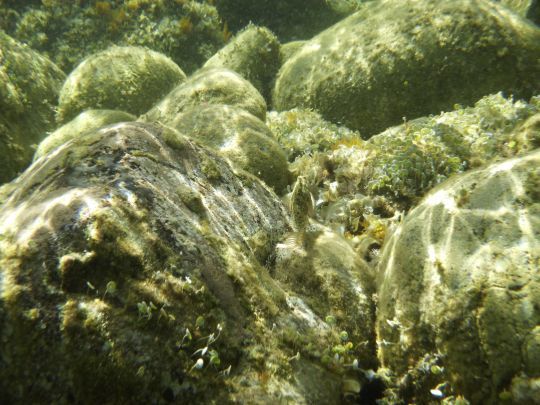
Fishing for Blennie Palmicorne
A fish species well known to rockfishing enthusiasts who ply the harbour areas. The blennie palmicorne is found on shallow waters no deeper than 5 meters. It can be fished with small soft lures or worms mounted on a jig head or with a variety of baits such as worms, pieces of shrimp or fish. To be effective, you need to be as discreet as possible. Watch out for your shadow and don't get too close to the water's edge, because although the blennie palmicorne can be inquisitive, it is nonetheless very shy.
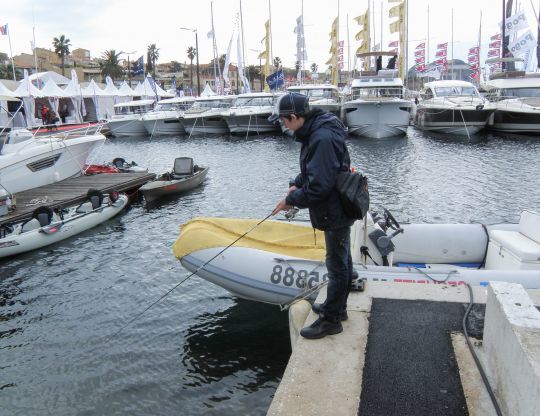
Note that, like most large blennies, the blennie palmicorne has a tendency to bite your fingers. And even if its bite isn't really dangerous, its jaw is full of tiny teeth...
